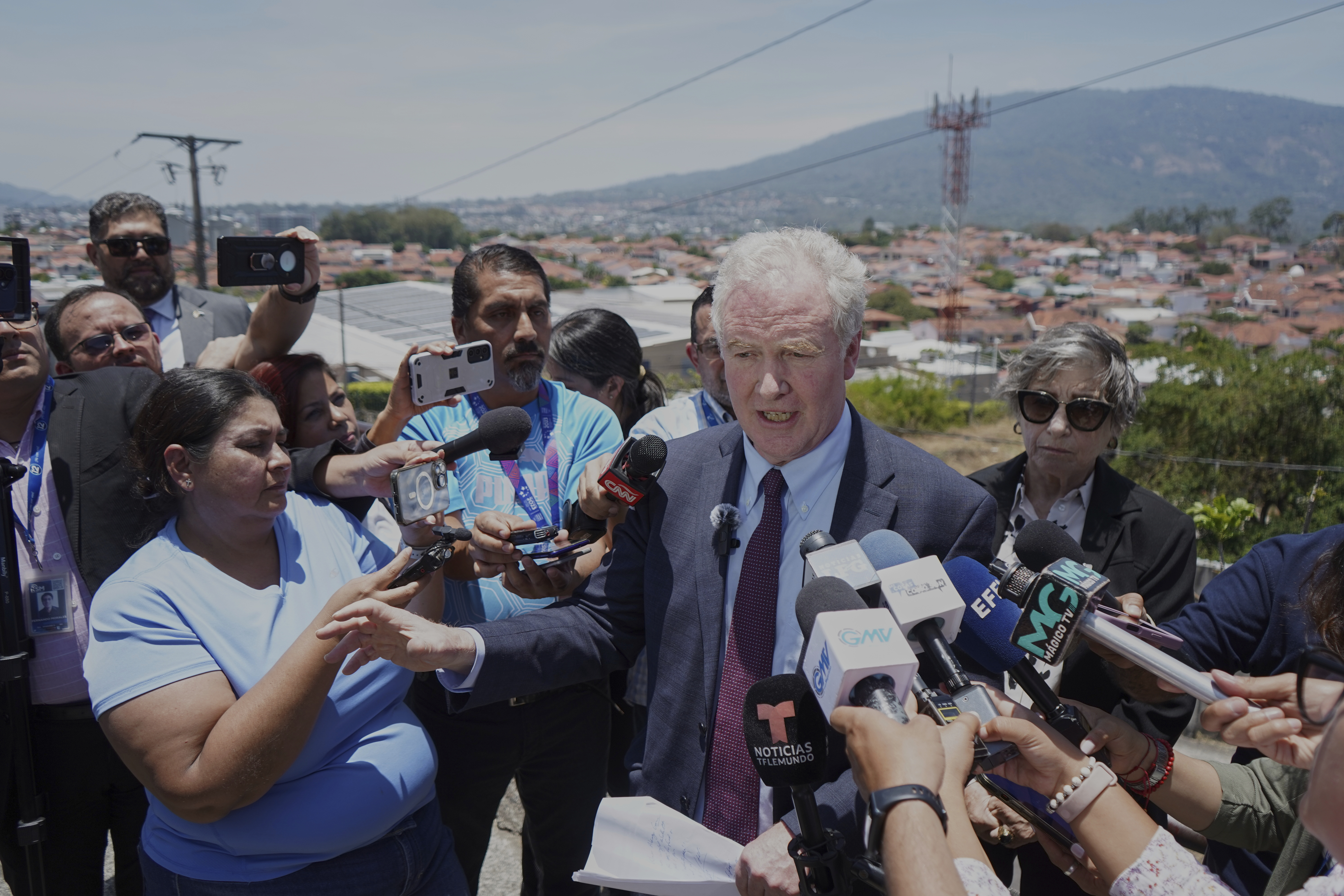With a new year comes a new minimum wage for some of America's lowest-paid workers. Twenty-two U.S. states had a change to their minimum wage, either due to automatic cost of living adjustments or predetermined raises.
According to the National Association of State Legislatures, 30 states have a minimum wage that is higher than the federal minimum wage of $7.25 an hour. The federal minimum wage has remained unchanged since 2009.
Most states have laws that allow tipped employees to be paid at rates below minimum wage by their employer as long as the worker makes minimum wage once tips are factored in.
According to Paycor, the following states had changes to the minimum hourly wage:
Alaska: $11.73 (up from $10.85)
Arizona: $14.35 (up from $13.85)
California: $16 (up from $15.50)
Colorado: $14.42 (up from $13.65)
Connecticut: $15.69 (up from $15)
Delaware: $13.25 (up from $11.75)
Hawaii: $14 (up from $12)
Illinois: $14 (up from $13)
Maine: $14.15 (up from $13.80)
Maryland: $14 (up from $13.25)
Michigan: $10.33 (up from $10.10)
Minnesota: $10.85 (up from $10.59)
Missouri: $12.30 (up from $12)
Montana: $10.30 (up from $9.95)
Nebraska: $12 (up from $10.50)
New Jersey: $15.13 for employees at companies with six or more employees (up from $14.13)
New York: $15 (up from $14.20)
Ohio: $10.45 (up from $10.10)
Rhode Island: $14 (up from $13)
South Dakota: $11 (up from $10.80)
Vermont: $13.67 (up from $13.18)
Washington: $16.28 (up from $15.74)

Millions of workers will see a pay increase in 2024
The federal minimum wage remains at $7.25. But in the 22 states boosting pay, the higher cost of labor adds up.
Additionally, Florida's minimum wage will increase by $1 to $13, effective Sept. 30, 2024. Nevada increases its minimum wage to $12 an hour from $11.25 on July 1. Oregon's current minimum wage of $14.20 will increase on June 30, based on updated consumer price index figures.
Some states also allow cities to implement their own minimum wage. For instance, the minimum wage in New York City is $16 an hour, $1 higher than in the state.
As of 2022, about 1.23 million workers in the U.S. made at or below the federal minimum wage, according to the Bureau of Labor Statistics. Although about 10% of these workers did not complete high school, 15% of those making at or below the federal minimum wage had a college degree. More than one-third of those making at or below minimum wage had attended college.
Had the federal minimum wage kept up with inflation in July 2009, it would be $10.34, according to the BLS.
Alabama, Georgia, Idaho, Indiana, Iowa, Kansas, Kentucky, Louisiana, Mississippi, New Hampshire, North Carolina, North Dakota, Oklahoma, Pennsylvania, South Carolina, Tennessee, Texas, Utah, Wisconsin and Wyoming either have no state minimum wage or one that matches the federal rate.










